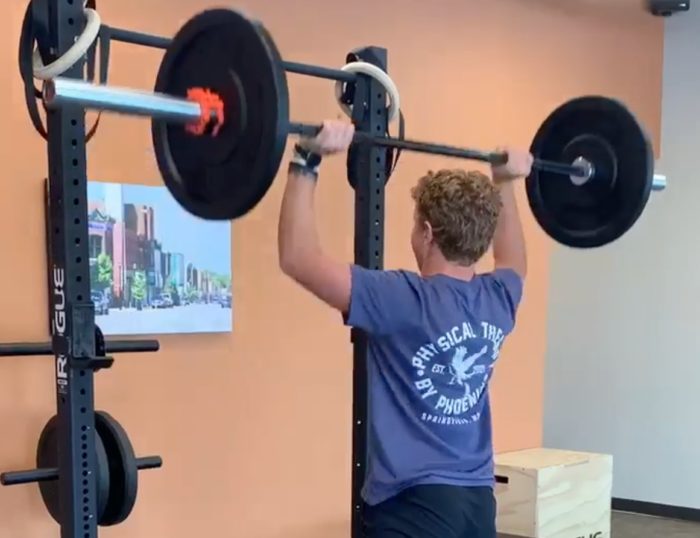Knee pain can turn everyday activities into daunting tasks, but there are several strategies you can employ to find relief quickly. Whether your knee pain is a result of an injury, arthritis, or overuse, the following tips can help you manage the discomfort and accelerate your path to recovery.
1. Rest and Elevation
Give your knee a break. Rest is crucial for tissue healing. Elevate your leg on pillows to reduce swelling and pain. Avoid putting weight on the affected knee, and consider using crutches or a cane for additional support.
2. Ice Therapy
Applying ice to your knee for 15-20 minutes every few hours can help reduce inflammation and numb the pain. Always wrap the ice pack in a cloth to avoid ice burn.
3. Compression
Wear a compression bandage or knee sleeve. It can provide support and help reduce swelling. Make sure it’s snug but not too tight to avoid circulation problems.
4. Gentle Exercises
Engage in low-impact exercises like swimming or cycling. They can strengthen the muscles around your knee, improving stability and flexibility without adding stress to the joint.
5. Over-the-Counter Medication
Nonsteroidal anti-inflammatory drugs (NSAIDs) like ibuprofen can reduce pain and swelling. Nevertheless, they should be used cautiously and for short periods due to potential side effects.
6. Natural Remedies
Turmeric, ginger, and willow bark have anti-inflammatory properties that may help reduce knee pain. Consult with a healthcare provider before trying these remedies, especially if you’re on other medications.
7. Physical Therapy
A physical therapist can design a personalized exercise program to strengthen your knee and improve its function. They can also use techniques like massage, heat therapy, and ultrasound to alleviate pain.
8. Proper Footwear
Wear shoes that provide good support and cushioning. Proper footwear can reduce stress on your knee and improve your alignment, potentially easing the pain.
9. Weight Management
If you’re overweight, shedding some pounds can significantly reduce the pressure on your knees and decrease pain.
10. Consult a Specialist
If your knee pain persists despite trying these tips, it’s necessary to consult with a healthcare provider. They can offer additional treatment options, including injections or, in severe cases, surgery.
Incorporating these strategies into your daily routine can help manage knee pain effectively. Consistency is key, and it’s necessary to listen to your body and avoid activities that worsen the pain. If you’re unsure about the cause of your knee pain or how to treat it, seeking professional medical advice is always the best course of action.




